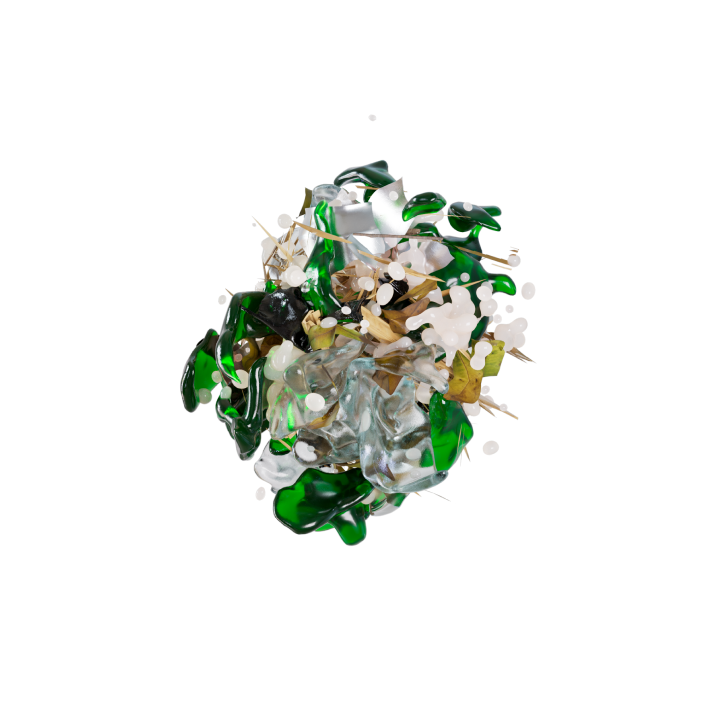Market
Steel
Learn more
01
03
Market features
Possibility to implement oxy-hydrogen burners
By implementing oxy-hydrogen burners at your ladle preheating stations, you will vastly increase the possibility to decrease the CO₂ emissions at your site.
Ready-to-use oxy-fuel technology for reheating furnaces
Reheating furnaces can be upgraded with the most recent oxy-fuel technology, providing the possibility of reducing fuel consumption by your furnace and the associated CO₂ .
Technology available to implement O₂ supersonic oscillating jets at your EAF
Implementing SCOPE-JET Swing technology at your site will provide your EAF the possibility to use self-induced oscillation for your O₂ jet. This pertains to an increase in the bath surface affected by the supersonic O₂ jet.

Oxy-fuel technologies: the first steps to enrich carbon neutrality
The use of oxy-hydrogen combustion technologies at your ladle preheating stations, or the use of oxy-combustion technologies at your reheating furnaces, allows for the reduction of your greenhouse gases (GHG) emissions. If this is your goal, then applying oxy-combustion technologies is the first indirect electrification step to be made at your site.
Applied to these industries
Electric arc furnace
Mini mill
Integrated steel mill
Torpedo cars
Ladle preheating furnace
Reheating furnace
Applicable technologies
Discover our solutions across different markets
01
01
We help our clients create successful solutions
01
01
01
01



